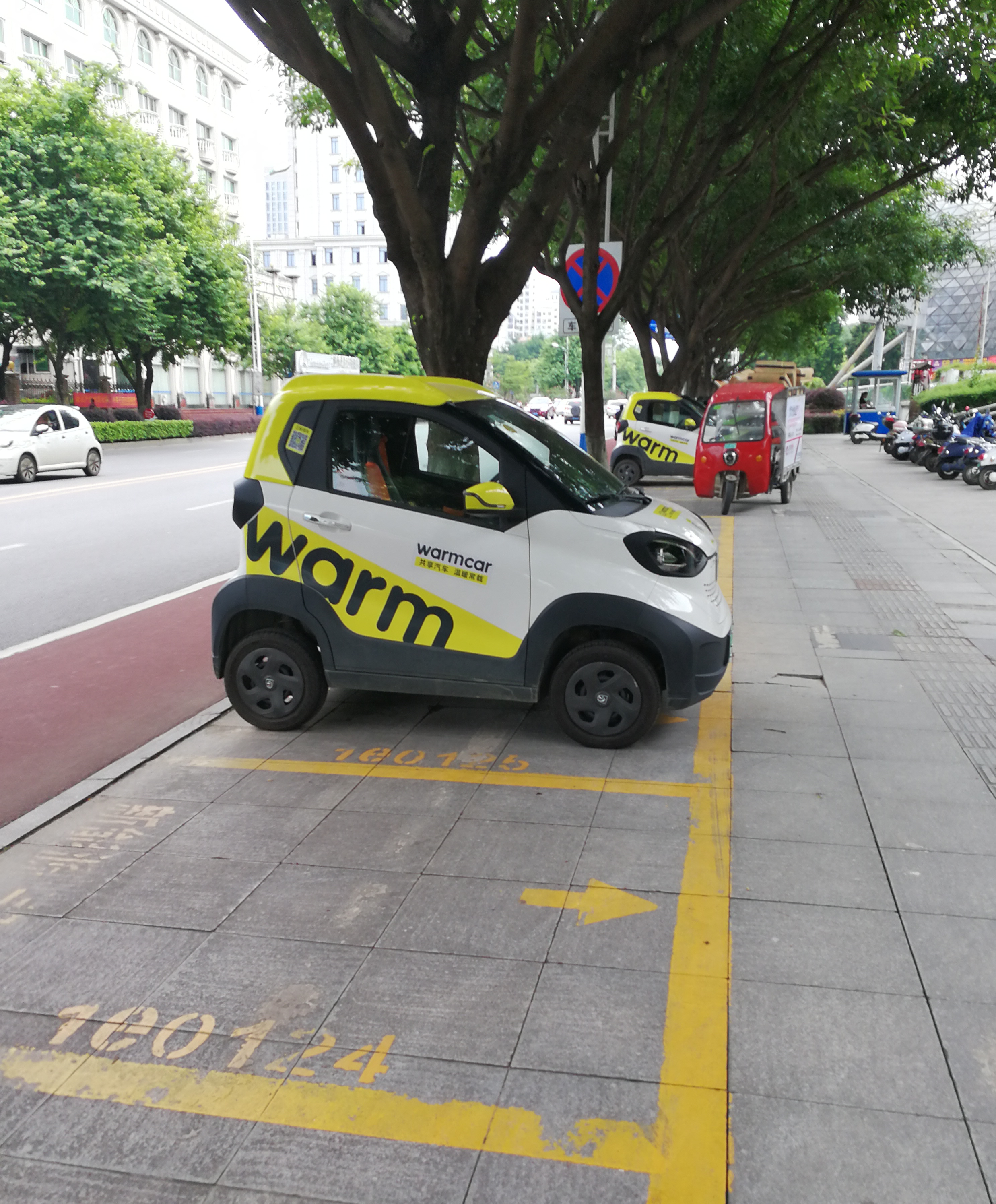Comparison of the electric car market in China and the United States
Blog
Liuzhou: A new model for the transition to electric vehicles?
For anyone seeking to understand the secrets behind China’s success in electric vehicle (EV) deployment, the Liuzhou case is a can’t-miss. In just two years, this little-known industrial city in southwestern China rose to become one of the leading EV markets in the world. It’s not quite one of the EV capitals, but it punches above its weight in several ways that are worth examining.
First, the numbers. In 2018, the market share of electric cars in Liuzhou reached 20%, and this was second in all of China—only Shenzhen ranked higher. By the end of June 2019, Liuzhou’s total electric car sales had exceeded 47,000, and more than 90% of those sold were Baojun E100 and E200 micro two-seaters. These are pictured below and are produced by local manufacturer SAIC-GM-Wuling.

Liuzhou’s success is distinctive and intriguing. In China, our research shows that cities have often leveraged their vehicle registration quota policies to privilege EVs and have used electrification programs focused on the local fleet (e.g., taxi fleet and car-sharing vehicles) to stand out in the EV race. However, there is no vehicle registration quota policy in Liuzhou. Moreover, the majority of electric cars sold in Liuzhou were purchased by individuals instead of fleets. Given this, what on earth did Liuzhou do to achieve such impressive success? When we look closely, we see the efforts fall into two broad categories:
Engage consumers from the very beginning. In February 2017, Liuzhou initiated a 10-month Baojun E100 test drive campaign. This was five months before the new model was available on the market. In all, 2,111 Baojun E100 cars were offered for free test drive and more than 15,000 citizens participated in this campaign. This significantly increased consumer awareness about EVs in Liuzhou. According to official data, around 70% of the participants chose to purchase a Baojun E100 afterward.
Perhaps even more important than the test drive campaign was that SAIC-GM-Wuling and the Liuzhou municipal government invited test drive participants to make recommendations about improving both the vehicle and the convinience of using it in the city. More than 13,000 recommendations were received in all, and these helped the manufacturer to improve the vehicle’s performance and policymakers to design effective EV promotion policies.
Another innovative example of consumer engagement in Liuzhou is the Looking for New Parking Spaces campaign. Since Baojun E100s and E200s are very small, they can easily be parked in spaces that were not regarded as potential parking spaces before. A sidewalk, as pictured below, is one example. Beginning in September 2017, local policymakers invited all citizens to look for potential parking spaces for Baojun E100 and E200 cars in the city. Anyone who found a potential parking space could take a picture and send it to the campaign organizer; this individual would get a reward of 200 Chinese yuan. If a new parking space was ultimately created in the suggested space, the individual who found it would receive an additional reward of 500 Chinese yuan. There were only 678 EV-reserved parking spaces in Liuzhou as of September 18, 2017. This short campaign, which ran from September 24 to October 31, 2017, helped identify an additional 983 spaces, more than doubling the number of EV-reserved parking spaces in Liuzhou.

Leverage policy tools to serve consumers. Based on the responses to the survey of test drive participants, the Liuzhou municipal government developed a comprehensive set of incentives and policies. These include a vehicle purchase subsidy, a reserved parking space, free parking, the development of public, workplace, and residential area charging infrastructure, free charging, bus lane access, and a simplified procedure for vehicle purchase and registration. Specifically, most of the charging infrastructure in Liuzhou is in the form of three-way charging sockets with 2.2 kilowatts of power. Compared with typical AC chargers, these charging sockets are cheaper, add less burden to the grid, and fit the low-battery-capacity Baojun E100 and E200 cars very well.
Taken as a whole, Liuzhou’s success from these efforts has the potential to be a new model for the transition to EVs. Still, other cities will have to investigate ways to spur EV market development that are right for them, and Liuzhou’s case will not fit all. To learn about how other leading cities globally have paved the way for the transition to EVs, take a look at our latest paper about electric vehicle capitals.
